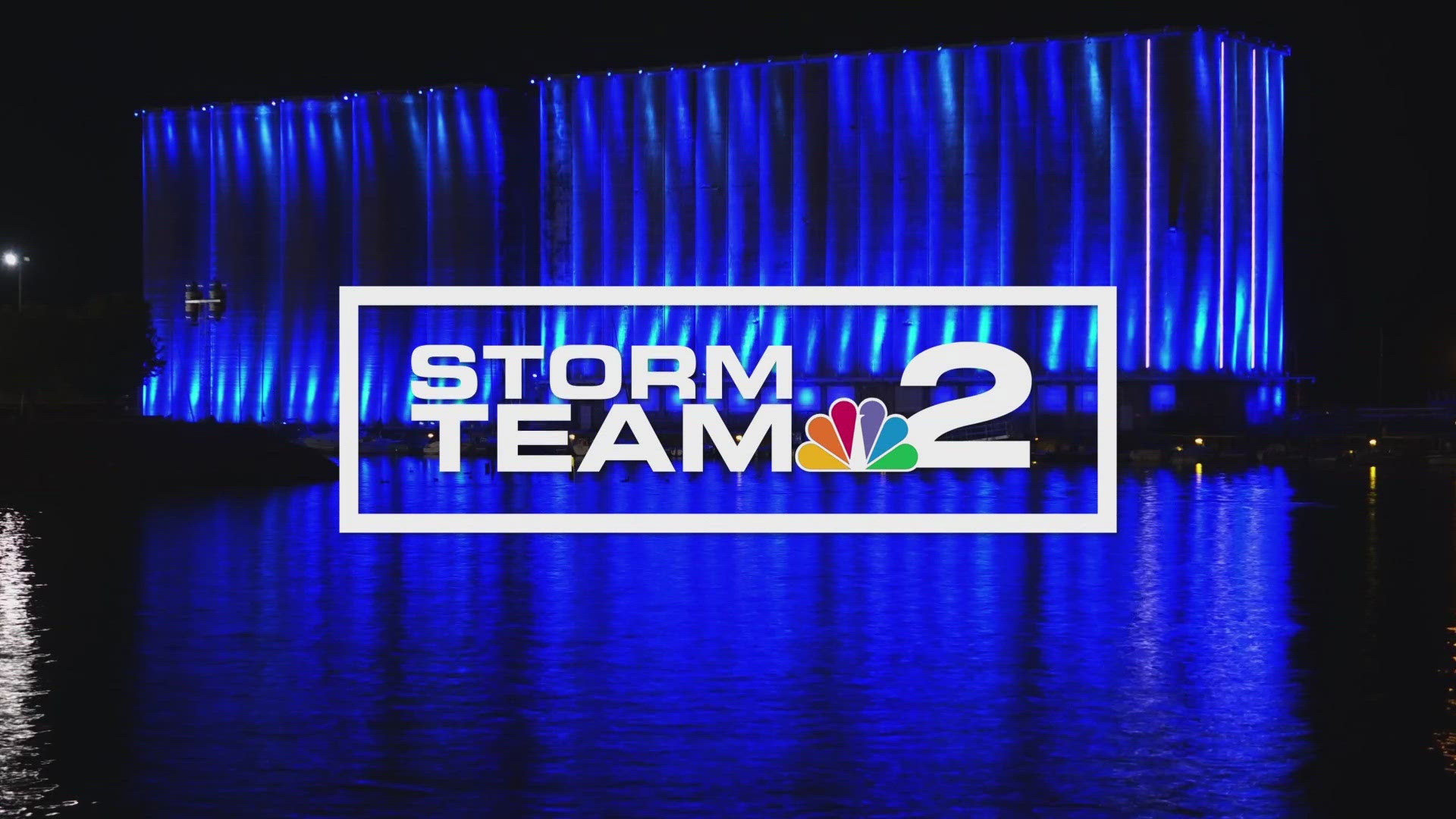Each year the Atlantic hurricane season begins on June 1 and ends on November 30. That’s the period of time when tropical systems are most likely to form in the central Atlantic, Caribbean and Gulf of Mexico.
There have been storms named outside of that time frame, but they only make up 3% of all named storms.
More from NOAA on odd tropical timing: Winter and spring tropical systems
This year the season got off to a crawling start. Tropical storm Andrea was named in late May. The storm spun in the western Atlantic for a few days before fizzling out.
Then came Barry in mid-July. That system had a strange origin as an area of low pressure in the Tennessee Valley. That low dropped into the Gulf, where it strengthened into a hurricane before making landfall in Louisiana.
After that an eerie calm over the tropics, even though water temperatures were up to 4 degrees Fahrenheit above normal. Warm water is a key ingredient for tropical systems. It is essentially hurricane fuel.
That “fuel” has proven to be high-octane, with eight named tropical systems in just the past month. One of them was major Hurricane Dorian, which tied as the strongest landfalling Atlantic hurricane when it struck the Bahamas with 185-mph winds.
Why was it so quiet? We have to look up, way up, for the answer.
The first half of 2019 was marked by a weak El Nino pattern. An El Nino is defined as unusually warm surface water in the eastern Pacific, but that can impact weather patterns around the globe.
Watch the video below as Heather explains how El Nino has affected hurricane season so far, and why things have changed so much in the past few weeks:
Have a weather question for Heather to answer in a future episode of Heather’s Weather Whys? Send it to her at heather.waldman@wgrz.com or connect with her on Facebook or Twitter.
If you like this series, be sure to subscribe to the WGRZ YouTube channel. All past episodes are there. You can also watch Heather’s other web series, Climate Minute.



